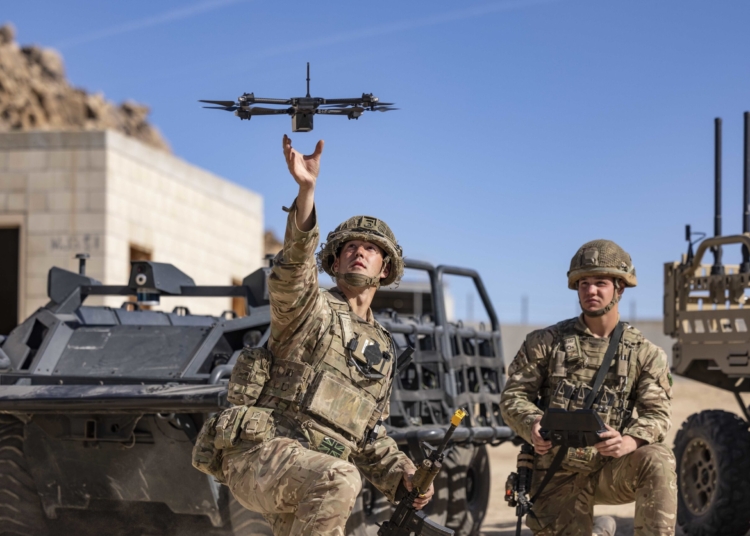The landscape of military technology is constantly evolving, with new advancements such as unmanned aerial vehicles (UAVs), cyber warfare capabilities, robotics, and emerging technologies shaping the future of modern warfare. UAVs have become increasingly versatile and capable, equipped with advanced sensors and communication systems for real-time data collection. Cyber warfare defenses are leveraging artificial intelligence to detect and respond to threats in real time. Robotics and autonomous systems are taking on various tasks, from bomb disposal to search and rescue missions. Emerging technologies like hypersonic weapons and quantum computing have the potential to revolutionize military operations. It is crucial for defense departments to stay abreast of these cutting-edge innovations to maintain a strategic advantage.
Introduction
In the rapidly evolving landscape of military technology, new innovations are constantly being developed to give armed forces a competitive edge in modern warfare. From unmanned aerial vehicles (UAVs) to advanced cyber weapons, the military is constantly looking for ways to stay ahead of the curve.
Unmanned Aerial Vehicles
One of the most significant advancements in military technology in recent years has been the development of UAVs, commonly known as drones. These autonomous aircraft can be used for a wide range of operations, including surveillance, reconnaissance, and targeted strikes.
Advancements in UAV technology have made these aircraft more versatile and capable than ever before. New models are equipped with advanced sensors, cameras, and communication systems, allowing for real-time data collection and analysis. Some drones are even capable of engaging in autonomous decision-making, reducing the need for human intervention.
Cyber Warfare
As military operations become increasingly reliant on digital technology, the threat of cyber attacks has become a major concern for defense departments around the world. To combat this threat, militaries are developing advanced cyber weapons and capabilities to protect critical infrastructure and disrupt enemy operations.
One key development in cyber warfare is the use of artificial intelligence (AI) to detect and respond to cyber threats in real time. AI-powered systems can analyze massive amounts of data and identify potential vulnerabilities or attacks, allowing for rapid response and mitigation.
Robotics and Autonomous Systems
Robots and autonomous systems are also playing an increasingly important role in modern military operations. These machines can be used for a variety of tasks, including bomb disposal, search and rescue missions, and logistics support.
Advancements in robotics technology have made these machines more agile, durable, and capable than ever before. Some robots are even equipped with advanced sensors and artificial intelligence, allowing them to navigate complex environments and make decisions on their own.
Emerging Technologies
Other emerging technologies that are shaping the future of military operations include hypersonic weapons, directed energy weapons, and quantum computing. These technologies have the potential to revolutionize the way wars are fought, giving militaries the ability to strike faster, more accurately, and with greater precision.
Overall, the development of emerging military technologies is reshaping the way armed forces operate and engage in modern warfare. As these technologies continue to evolve, it is essential for defense departments to stay ahead of the curve and adopt cutting-edge innovations to maintain a strategic advantage on the battlefield.












